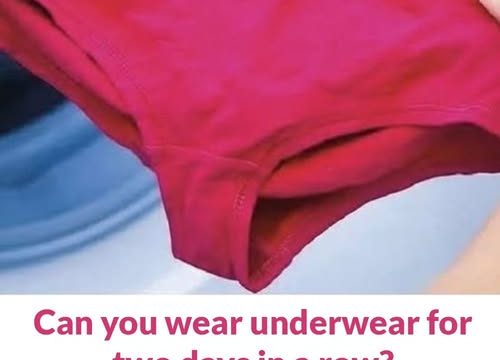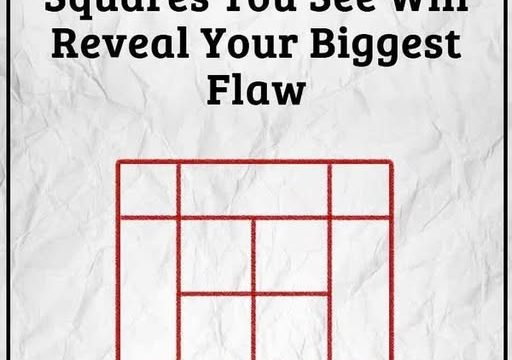It was just another average Saturday morning, and I found myself crawling on the floor trying to retrieve a rogue LEGO that had managed to slide under a beat-up old shelf—because apparently, stepping on LEGOs is still very much part of my adult life. As I reached further into the dusty shadows, something caught my eye.

It looked lumpy, kind of sticky, and had a strangely crunchy appearance. My first instinct? “Awesome, probably a dead mouse.” But to my complete surprise, it wasn’t a rodent—it was old Floam. And let me tell you, nothing wakes you up quite like discovering something gross before you’ve even had your first sip of coffee. Following protocol, I poked it with the end of a pencil. Thankfully, it didn’t move, but it also didn’t resemble anything alive. It looked like a moldy lump covered in tiny beads or seeds, the kind of thing you half-expect to have a tiny raccoon-written note beside it that reads, “Thanks for the snack stash.”
After a moment of confusion and a faint whiff of something plasticky, it hit me—I was staring at ancient Floam. Now, if you’re under 25, you might be asking, “What even is Floam?” So here’s the deal: back in the glorious ’90s and early 2000s, Nickelodeon revolutionized the art of messy creativity. Floam was this weird, squishy, moldable substance made of goo and hundreds of mini foam beads that looked like neon cottage cheese. It was the love child of slime and packing peanuts, and it gave kids the ability to sculpt anything they could dream up—or, more realistically, smush it straight into the carpet, which most of us definitely did.
I vividly remember watching Saturday morning cartoons and begging my mom for Floam during every commercial break. And the moment I finally got my hands on it? I used it to build a custom saddle for my plastic T-Rex because, clearly, childhood priorities are wild. Finding a decades-old blob of Floam in 2025 is like discovering a time capsule you never intended to create. That bright neon pink had transformed into a crusty color I can only describe as “rotting apricot.” The texture? Somewhere between a soggy crouton and already-chewed gum. But somehow, the little foam beads were still hanging in there like loyal soldiers. I held it up like an ancient artifact and declared, “Behold, the sacred Floam of 1999.” My son looked at me like I was speaking another language and just asked, “Why is it crunchy?” A completely fair question. Despite how gross it looked, something about it made me smile.
Not because the Floam itself was special, but because of everything it brought rushing back—the endless summer days spent sprawled across the living room floor, hands sticky with glitter glue and mystery goo, cartoons blasting in the background, and not a care in the world. No phones. No emails. Just pure imagination and a ridiculous collection of goopy, squishy toys. Remember Gak? That was another Nickelodeon classic, a slime that made fart noises if you squeezed the container just right. We genuinely thought that was the height of comedy. Now, I wish I could say I immediately recognized what I’d found, but that would be a lie. I was dangerously close to calling pest control because right next to it was a little pile of crumbled brick dust that made me think some creature had moved in and laid bead-covered eggs. Honestly, if you had seen it, you’d probably think the same. If I hadn’t owned what felt like half the Floam inventory as a kid, I might not have figured it out either. In case you’re wondering whether you should keep your old Floam if you stumble upon it—don’t. Just throw it away. No matter how nostalgic you feel, it’s now about 50 percent dust, 40 percent mildew, and maybe 10 percent childhood dreams. That said, I totally kept it for about an hour. I even showed it to my partner, who blinked at me and said, “You’re not seriously thinking of putting that in the display case, are you?” I wasn’t… probably. That crusty blob reminded me just how much joy we used to find in the weirdest stuff—Floam, Stretch Armstrong, those sticky jelly hands that stuck to the wall for a few seconds before collecting every piece of lint in the house. Those toys were messy, simple, and probably a headache for our parents, but they were ours. They were about playing just to play, not for likes or livestreams. And for one oddly satisfying, squishy moment, I remembered exactly how that felt.





